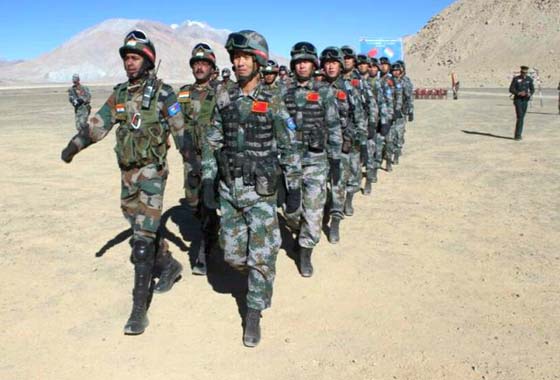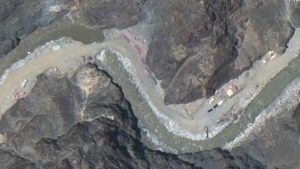
China and India begin pull back their troops: after the talks between Ajith Doval- China Foreign Minister
New Delhi: After several rounds of Military and diplomatic talks, India and China have kicked-off step -wise disengagement from the two month long confrontation in Galwan Valley and Gogra Hot spring areas of Eastern Ladakh, with PLA soldiers also moving back slightly from the seemingly in tractable face- off site at Pangong- Tso.

Chinese soldiers have removed some tents and seem to be pulling back towards “Finger-5” from “Finger-4” on the North Bank of Pangong Lake, in accordance with phase-I of the de-escalation plan thrashed out between the rival corps commanders on June 30th, said top Government sources. This is significant as the confrontation here is seen to be particularly sticky to resolve. Monday’s development follows a two hour discussion between National Security Advisor Ajith Doval and Chinese State Counselor and Foreign Minister Wang Yi on Sunday.
The sometimes tense conversation ended with the two sides agreeing to disengage. Importantly, the Chinese troops moved back from their current positions which India has held to be violative of agreements between the two countries. A buffer zone has already been created at patrolling point-14 (PP-14) in the Galwan Valley region, the site of clashes on June 15th, while similar arrangements are under way at the other friction points of PP-15 and 17 A in the general Gogra Hot springs area.
PLA has removed its tent and temporary structures at PP-14 to pull back around 300 troops and several vehicles by about 1.5 Kms to their side of LAC, a high level military source said. A close watch has to kept to ascertain if genuine and lasting disengagement is finally under way China, after all has taken to claiming to the entire Galwan Valley in recent days, said the source. India has consistently steady its troops are aware of the LAC alignment and Chine must restore the status-quo as it existed before the build-up tensions.
The setting up of the no military presence buffer zone at all flashpoints in the high altitude region, depending on the terrain and mountain features in each area, will mark the completion of phase-I of the proposed de-escalation.